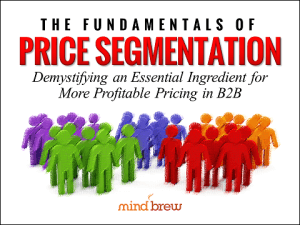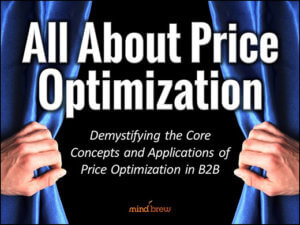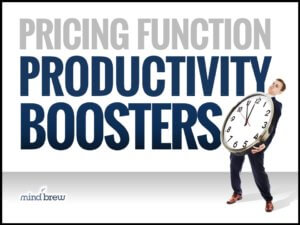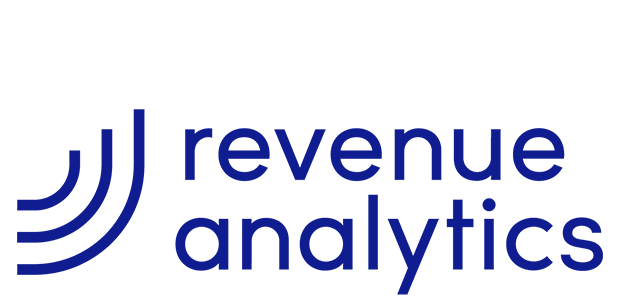We get quite a few questions from PricingBrew Journal subscribers about price elasticity. From our perspective, this is a wonderful thing! As we’ve been beating this drum for years, it’s very encouraging to see so many people embracing this powerful pricing concept.
Some of the questions we receive are about the mechanics and efficacy of measuring price elasticities on entire product categories.
The impulse to measure elasticities at this level is understandable. After all, the necessary data would be very close at hand. And in organizations that are still quite product-centric in their approach to the marketplace, thinking in terms of product categories and product lines is often the default.
Unfortunately, this is one of those “can” versus “should” questions.
Mechanically, you certainly can measure price elasticities at the level of product category. It’s just a mathematical equation. And it’s a relatively simple equation, at that. So…by plugging product-level numbers into the equation, you can definitely generate an answer.
But will the answer be accurate? Will it be predictive? And will you want to stake your internal credibility and reputation on this answer?
It’s important to understand that price elasticity is not a product dynamic…it’s a customer dynamic. Price elasticity is about how different customers respond and react to different prices. And while those reactions will ultimately be made manifest in product volumes, customers are nevertheless the causal factor.
Price elasticity measures at a product category level will very often obscure or “average out” dramatic differences between the various groups of customers that are buying that product. This “blending” of the more discrete dynamics involved can then lead to highly inaccurate conclusions and unreliable predictions.
And that’s why we recommend measuring price elasticities within well-defined price segments that represent unique combinations of products, customers, and order circumstances.
Technically, you can measure price elasticity at any level you choose. Again, it’s just math. But just because you can, that doesn’t mean you should.
















